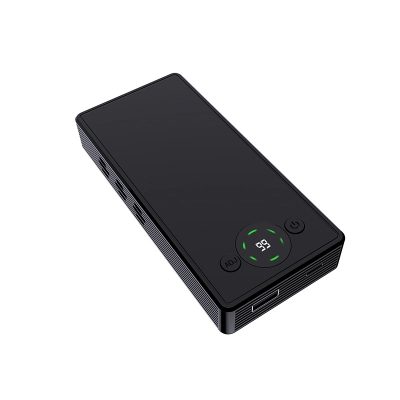In today’s era of information explosion, each of us may become a potential victim of privacy infringement. From corporate executives to ordinary employees, from public figures to ordinary people, no one is completely immune to the threat of modern eavesdropping technology. This article will take you to an in-depth understanding of the real situation of this hidden battlefield and provide practical protection solutions.
Eavesdropping Threat: A Danger Closer Than Imagine
The eavesdropping scenes we often see in spy movies are no longer artistic exaggerations. Modern eavesdropping equipment is miniaturized and intelligent to an amazing degree, and can be disguised as any of the daily objects – pens, chargers, smoke detectors, and even wall sockets. More worryingly, the price of these devices is becoming more and more affordable, making eavesdropping no longer limited to national or large-scale corporate competition.
Real case shows that a middle-level manager was recorded complaining to his boss in the lounge, which eventually led to the loss of promotion opportunities; an entrepreneur’s business conversation in a cafe was eavesdropped, causing the company to lose important customers. These are not fictional plots, but real threats that happen every day.
Evolution of eavesdropping technology: from traditional to digital
Eavesdropping technology has experienced a leap from analog to digital. Early eavesdroppers relied on physical line transmission, were large in size and easy to be discovered. Today’s digital eavesdropping devices:
– Can be transmitted remotely via wireless networks
– Have a standby time of up to several months
– Can automatically activate/sleep to avoid detection
– Some can even restore indoor conversations through vibration
Of particular note is the “dual identity” of smartphones – it is both a communication tool and the most covert eavesdropping device. Malware can remotely activate the microphone and camera of a mobile phone without the user knowing it.
Comprehensive protection strategy: a combination of technical and non-technical means
1. Selection and application of professional anti-eavesdropping equipment
RF signal detector is a basic tool for modern anti-eavesdropping (such as G619), which can scan for abnormal radio transmissions in a specific area. High-end models can even identify the type and approximate location of eavesdropping devices. Note when using:
– Start spiral scanning from the center of the room
– Pay attention to common eavesdropping frequency bands (88-108MHz, 400-500MHz, etc.)
– Pay attention to intermittent signals (smart eavesdroppers may only be activated when transmitting)
Non-Linear Node Detector (NLJD) can detect electronic devices that are turned off. The principle is to detect the nonlinear characteristics of semiconductor components. This device is particularly suitable for finding hidden recording devices.
2. Innovative application of sound interference technology
Modern sound jammers have evolved from simple white noise generators to intelligent acoustic shielding systems. The latest technologies include:
– Directional sound wave interference: Only interfere with recording devices in a specific area without affecting normal conversations
– Voice feature confusion: Targeted destruction of voice recognition features of recordings
– Dynamic frequency hopping: Automatically adapt to sensitive frequency bands of different recording devices
For important meetings, it is recommended to use professional-grade acoustic shielding equipment; for daily use, you can choose a portable anti-recording jammer (P-US-00-1), which is usually the size of a mobile phone.
3. The Art of Mobile Signal Management
Mobile signal blocking requires a balance between effectiveness and legality. Modern solutions include:
– Faraday Conference Bag (Jbag): Physically isolates signals without generating electromagnetic interference
– Intelligent Signal Management System: Whitelist function that allows emergency calls to pass
– Regional Shielding: Shields only the conference room instead of the entire building
Privacy protection habits in daily life
In addition to technical means, daily habits are equally important:
1. Regular electronic device inspection: Including smart devices such as mobile phones and laptops
2. Selection of locations for sensitive conversations: Avoid repeating important conversations in fixed locations
3. Electronic device management: Collect mobile phones and store them in shielding boxes during important meetings
4. Physical environment inspection: Pay attention to new or moved items in the office environment
5. Network security awareness: Prevent remote eavesdropping via WiFi or Bluetooth
Privacy protection is a marathon with no end. As technology advances, the battle between eavesdropping and anti-eavesdropping will continue to escalate. It is wise to remain vigilant but not overly anxious, adopt moderate protective measures, and cultivate good information security habits. In this era where information is power, protecting privacy is protecting your future.


